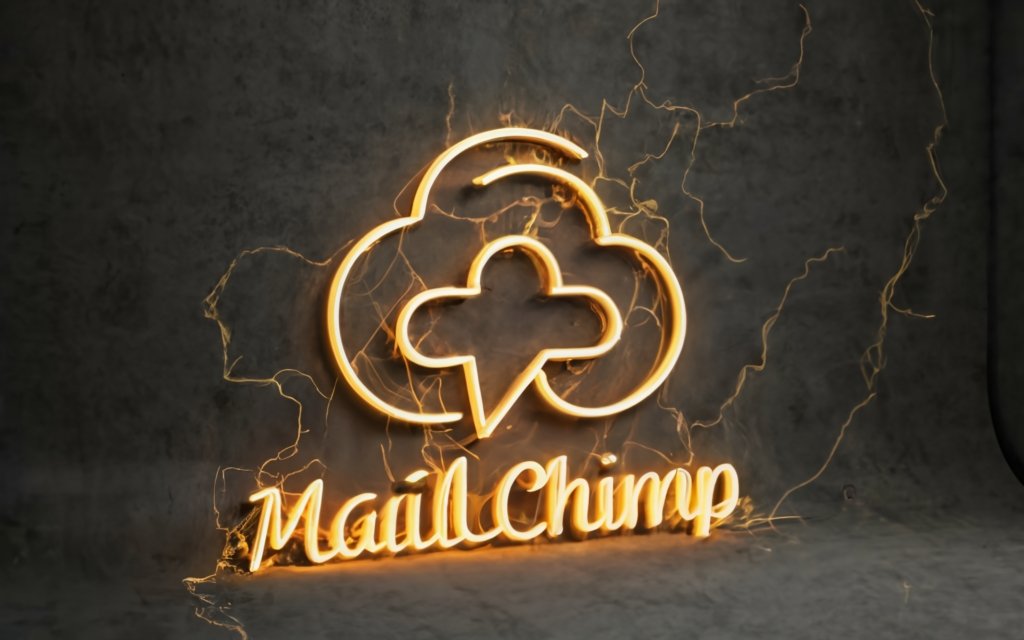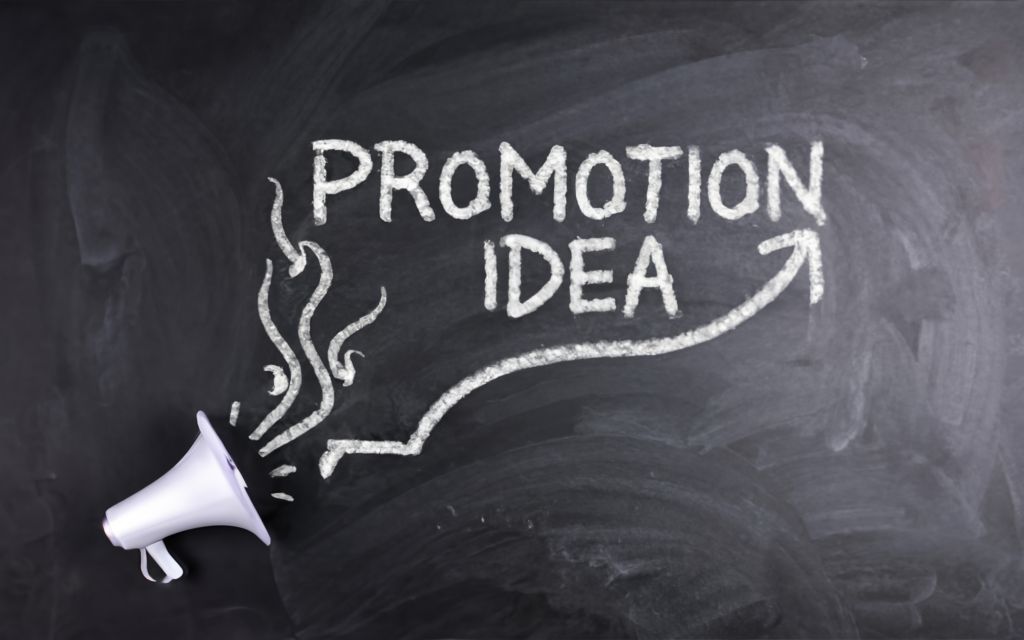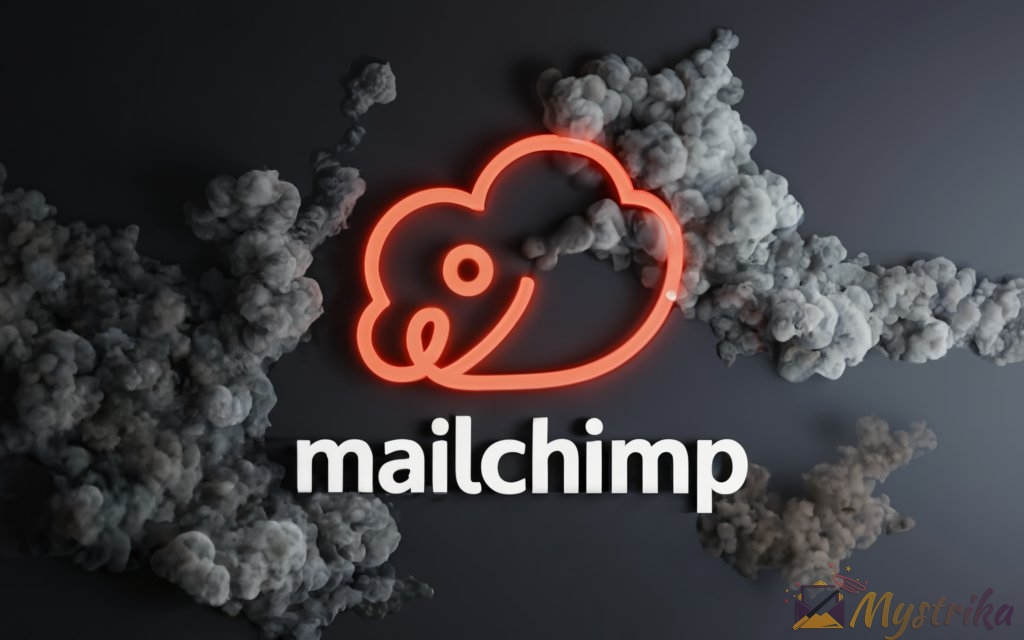Want to maximize the impact of your Mailchimp campaigns and Gmail inbox? Use these pro tips to engage your audience, get creative with promotions, and analyze performance.
Optimizing Mailchimp Campaigns
Mailchimp is a popular email marketing platform used by over 13 million users worldwide. With its intuitive drag-and-drop builder and automation features, Mailchimp makes it easy to create professional email campaigns. However, crafting emails that cut through the noise and drive results takes strategy. Here are some tips for optimizing your Mailchimp campaigns for open rates, click-throughs, and conversions.
Setting up your Mailchimp inbox
Your Mailchimp inbox allows you to view and manage conversations with subscribers. Setting it up properly will make subscriber communication more efficient. Here are some inbox best practices:
- Enable notifications – Get real-time alerts when subscribers email you back. Go to Account > Notifications and toggle on “Inbox activity”.
- Add team members – Collaborate with others by adding them to your Mailchimp account. Under Account Settings > Users, invite users and assign Inbox access.
- Create labels – Organize conversations by topic or urgency using labels. In the inbox sidebar, click “Manage” and then “Add Label”.
- Set up automations – Save time by auto-tagging contacts or advancing them through a workflow when they email you. Under Audience > Automations, create a “Conversation” automation.
- Moderate comments – Enable comment moderation to review feedback before it’s published publicly. Go to Account > Settings > Comment Moderation.
Properly configuring your Mailchimp inbox will streamline subscriber communications and prevent important messages from getting lost.
Managing subscriber communications
Managing ongoing subscriber conversations helps build relationships and trust. Here are some tips:
- Personalize your replies – Use merge tags like |FNAME| to add a personal touch. Subscribers love feeling known.
- Answer quickly – Prioritize responding within 24 hours, as open and reply rates decline over time. Use inbox notifications to stay on top of conversations.
- Be helpful – Provide thoughtful answers and useful resources tailored to the subscriber’s question. Avoid canned responses.
- Track conversations – Use inbox labels to mark resolved issues and ongoing dialogues for follow-up.
- Know when to move on – Don’t continue conversations that have run their course. Politely suggest taking the discussion offline.
- Let subscribers opt out – Include Mailchimp’s single opt-out footer in your replies. This builds trust and complies with anti-spam laws.
Developing subscriber relationships gives your business a human voice and boosts loyalty.
Avoiding the promotions tab
You’ve crafted a compelling campaign, only to have it languish unseen in the promotions tab. Follow these tips to bypass spam filters:
- Properly set up your domain – Ensure your domain has a valid SPF record and consistent IP address. Use a dedicated IP if possible.
- Warm up new domains – When launching a new domain, gradually increase sending volume to build sender reputation.
- Segment your lists – Avoid sending to unengaged subscribers who hurt deliverability metrics. Create automatons to nurture inactive contacts.
- Personalize content – Segmentation allows sending tailored content ideal for each subscriber group. Dynamic content improves engagement and inbox placement.
- Use double opt-in – Having subscribers confirm sign-ups indicates willingness to receive emails and improves deliverability.
- Monitor metrics – Keep an eye on key factors like open, click-through, and spam rates. Unusual spikes in complaints or abuse reports also warrant attention.
With mindful list management and segmentation, your future emails are less likely to be misclassified as promotions.
Troubleshooting deliverability issues
Despite your best efforts, some recipients may report emails as spam or see bouncebacks. Here are some troubleshooting steps:
- Check placementtrends – The Mailchimp placement report reveals whether emails hit the inbox or spam folder.
- Review abuse reports – Feedback on spam complaints and blocks helps pinpoint problems. Locate under Account > Settings > Abuse Reports.
- Analyze bounces – Bounce summaries indicate potential issues like inactive users or blocklisting. Check under Reports > Bounces.
- Audit link quality – Poor quality or over-optimized links can cause spam filter triggers.
- Try re-engagement campaigns – Send a targeted campaign asking subscribers to add you to their contacts. This teaches filters you’re a legitimate sender.
- Submit spam folder reviews – Request inbox placement reviews from major ISPs through Google Postmaster Tools.
- Temporarily pause sending – If deliverability worsens, pause campaigns and focus on remediation before continuing.
Careful troubleshooting balanced with patience for filters to adjust can get your Mailchimp emails back on track.
Optimizing your Mailchimp inbox setup, having organized subscriber conversations, avoiding the promotions tab, and addressing deliverability problems when they arise will help your email marketing reach its full potential. With smart optimization, your emails will get the visibility they deserve.

Get the Most out of Gmail
With over 1.5 billion active users, Gmail is one of the most widely-used email platforms. Optimizing your Gmail inbox can make you more productive and organized. Here are some tips for stopping ads, forwarding emails, and accessing promotions in Gmail.
Stopping ads in Gmail
Gmail displays ads based on your inbox content and search habits. If you find them annoying, use these methods to minimize or eliminate ads:
- Adjust ad settings – In your account settings, adjust ad personalization and number of ads shown.
- Use ad blocking extensions – Browser extensions like uBlock Origin prevent ads from loading in the Gmail interface.
- Create filters – Filters that delete or skip the inbox for senders like “Google Ads” reduce ad volume.
- Use a different browser – Some browsers like Firefox block trackers that enable personalized ads.
- Switch to ad-free workspace accounts – Business and education Gmail accounts don’t display ads. Consider upgrading.
- Unsubscribe – Click the “Why This Ad?” link to access and unsubscribe from interest-based ads.
- Use other email clients – Alternative email apps like Outlook and Apple Mail don’t show Gmail ads.
With a few tweaks, you can enjoy an ad-free Gmail experience. A bonus: less time wasted clicking on promotions!
Forwarding emails
Forwarding allows you to send copies of emails to other addresses. It’s handy for sharing key messages. Here are forwarding tips:
- Set up a filter – Filters that automatically forward sender addresses or emails with keywords save time.
- Forward individual emails – Open a message, click the three-dot menu > Forward. Choose who to forward to.
- Forward as attachments – Attach forwarded emails to preserve formatting. Click the three-dot menu > Forward as attachment.
- Forward confidential emails – To forward sensitive emails, tick the “Encrypt message” checkbox before sending.
- Forward multiple emails – Select several emails, click the three-dot menu > Forward as attachment.
- Forward from search – Type a keyword in search to surface relevant emails, tick the boxes, and forward.
- Manage sent forwards – Access your forwarding history under Settings > Forwarded Emails.
Strategic forwarding allows you to disseminate important messages while keeping colleagues in the loop.
Accessing promotions and offers
Deals and offers from businesses you interact with land in Gmail’s promotions tab. Here are tips for accessing promotions:
- Check the tab frequently – Open the promotions tab daily to catch time-sensitive deals before they expire.
- Search promotions – Type “label:promotions [keywords]” to search past promotions for specific brands or offers.
- Create promotion alerts – Use filters that forward or notify you when deals from favorite retailers arrive.
- Mark promotions as unread – When you don’t have time to review deals, mark them as unread for later.
- Adjust tab notifications – In settings, ensure notifications for new promotions are enabled so you don’t miss out.
- Send promotions to other tabs – If a sender consistently offers relevant deals, move them to your primary inbox.
- Unsubscribe if overwhelmed – Use the unsubscribe link in a promotion email if you’re getting too many.
Check promotions regularly so you can take advantage of special offers, discounts, and news relevant to you.
Optimizing your Gmail settings and usage can help eliminate frustrations like excess ads and missed messages. Implement these inbox organization tips for higher productivity. Harness promotions and forwarding features to save time and never miss important updates. With some simple tweaks, Gmail can better serve your personal or professional email needs.

Creative Promotion Ideas
Running effective promotions is crucial for driving sales and buzz. Rather than rely on tired tactics, get creative with out-of-the-box promotions, land promotions, and product-focused campaigns.
Out-of-the-box promotions
Traditional promotions like sales and coupons work, but creative ideas grab attention. Consider these imaginative tactics:
- Contests and giveaways – Encourage social shares and email signups to win prizes. Tools like Rafflecopter facilitate contests.
- Limited-time events – Scarcity spurs action. Try flash sales, limited-edition products, or exclusive virtual events.
- Gamification – Make engaging with your brand fun. Reward activity milestones with badges, points, or unlockable content.
- User-generated content – Crowdsource photos, videos, and posts from customers interacting with your product.
- Influencer collaborations – Partner with relevant influencers to co-create content highlighting your product.
- Interactive formats – Augmented reality, livestreams, and virtual experiences grab eyeballs.
- Surprise rewards – Delight customers by randomly selecting purchases to receive upgrades, free gifts with purchase, or hidden discounts.
- Referral programs – Encourage sharing and word-of-mouth with referral reward schemes.
The sky’s the limit for creative, performance-driving promotions. Test unconventional ideas and see what resonates.
Land promotions
Landing pages distill a promotion into a dedicated message. Here are landing page best practices:
- Laser focus – Keep copy tight and ultra-focused on the deal and call-to-action. Avoid distractions.
- Strong visuals – Arresting photos, videos, or illustrations communicate promotions clearly.
- Prominent call-to-action – The CTA button or link should be obvious and repeat across the page.
- Minimal fields – Only collect necessary contact info to reduce friction. Add social login for convenience.
- Mobile optimization – A mobile-friendly design ensures access on any device.
- Lead capture – Integrate opt-in forms, chatbots, or live chat to capture prospects.
- Redirect on completion – Send users to a confirmation or checkout page post-submission.
Targeted landing pages make it easy for customers to learn about and redeem deals.
Product promotions
Promotions specifically highlighting products you sell also perform well. Consider:
- Bundling – Offer savings when multiple complementary items are purchased together.
- Free samples – Provide free trial sizes or limited-use versions to upsell larger purchases.
- Loyalty discounts – Offer exclusive or early access to sales for top customers.
- Cross-sells – Suggest add-ons like accessories, warranties, or subscriptions at checkout.
- New feature announcements – Promote new product features and capabilities with a discount.
- Holiday offers – Seasonal deals capitalize on higher spending around events like Christmas.
- Last-chance markdowns – Build urgency with dwindling inventory or expiring discounts.
- Giveaways – Reward reviews or social media posts with free product gifts.
Promotions tailored specifically to your products or services resonate with your existing audience.
Brainstorming creative ideas, optimizing targeted landing pages, and highlighting products strategically will make your promotions stand out. Avoid stale tactics and instead use unconventional, audience-focused approaches. With innovative thinking and strong execution, your promotions will capture attention and drive real results.

Measuring Success
Understanding campaign performance is crucial for improving your marketing. Analyze open and click-through rates along with conversion tracking to optimize your Mailchimp and Gmail efforts.
Open and click-through rates
Open and click-through rates (CTRs) indicate how well your messages resonate.
- Monitor rates regularly – Check your Mailchimp reports frequently. Sudden drops may signal deliverability issues.
- Compare to benchmarks – The industry average open rate is 15-25%. Click-through rates typically range from 2-5%. Gauge your success relative to benchmarks.
- Set campaign goals – Establish smart open and click-through goals based on your niche, offer, and audience.
- Optimize subject lines – The subject line greatly influences open rate. A/B test versions to determine which resonate most.
- Personalize content – Segmenting campaigns and using merge tags boosts open rates through relevance.
- Refine email copy – Ensure copy is concise, scannable, and speaks directly to the reader.
- Enhance visual interest – Compelling images, graphics, and videos can improve click-through rates.
- Fix underperformers – Reassess campaigns with lower-than-expected traction and adjust as needed.
With thoughtful optimization, you can steadily lift open and click-through rates over time.
Conversion tracking
Beyond opens and clicks, sales and signups indicate real business value.
- Pick key metrics – Determine the success metrics that matter, like revenue or lead generation.
- Install tracking pixels – Add Facebook, Google Analytics, and other pixels to track conversions.
- Set up UTM tags – These campaign URL tags attribute actions to specific emails, posts, or ads.
- Capitalize on successes – If a campaign converts well, replicate elements in future emails.
- Learn from failures – Explore why certain messages didn’t resonate and avoid those pitfalls.
- Attribute impact – Link campaign performance to changes in key goal metrics over time.
- Optimize funnels – Tweak signup, checkout, and account creation flows to remove friction.
Robust conversion tracking provides the complete picture so you can refine campaigns to drive results.
Carefully monitoring open, click, and conversion rates provides objective insights on campaign effectiveness. Set data-backed goals and continually optimize to enhance email traction. With strategic measurement guiding improvements, your Mailchimp and Gmail efforts will become more productive over time.

Key Takeaways
- Set up your Mailchimp inbox properly by enabling notifications, collaborating with team members, organizing with labels, and configuring automations. This streamlines subscriber communications.
- Build relationships and trust with subscribers by personalizing replies, responding quickly, providing helpful answers, tracking conversations, and letting them opt out.
- Avoid the promotions tab by carefully managing your domain, warming up new sender domains gradually, segmenting your list, sending relevant dynamic content, and using double opt-in.
- Troubleshoot Mailchimp deliverability issues by monitoring placement reports, reviewing abuse reports, analyzing bounces, auditing links, running re-engagement campaigns, and requesting inbox reviews.
- Eliminate Gmail ads by adjusting settings, using extensions, creating filters, switching browsers, upgrading to workspace accounts, unsubscribing, and using alternative apps.
- Take advantage of Gmail’s forwarding features to easily share messages. You can set up filters to auto-forward emails or manually forward individual and multiple emails.
- Remember to frequently check Gmail’s promotions tab so you don’t miss special offers, sales, coupons, and other exclusive deals from brands you interact with.
- Brainstorm creative promotions like contests, events, gamification, UGC campaigns, influencer partnerships, interactive formats, and referral programs.
- Optimize targeted landing pages for your promotions with focused messaging, strong visuals, prominent CTAs, minimal fields, mobile responsiveness, and lead capture.
- Highlight specific products and services with promotional tactics like bundling, free samples, loyalty offers, cross-sells, feature announcements, holiday sales, inventory closeouts, and giveaways.
- Regularly monitor campaign open, click-through, and conversion rates. Set data-driven goals and continually optimize based on performance. This will increase email marketing ROI over time.
Frequently Asked Questions
Q: How can I stop Gmail ads from showing in my inbox?
A: You can reduce ads by adjusting your Gmail ad settings, using ad blocking extensions, creating filters to delete ads, switching browsers, upgrading to a workspace account, unsubscribing from interest-based ads, or using a different email client altogether.
Q: What’s the best way to forward an email in Gmail?
A: You can manually forward individual emails by opening the message, clicking the three-dot menu, and selecting Forward. For multiple emails, select the messages first, then choose Forward as attachment from the menu. Setting up filters is the best way to auto-forward incoming mail based on sender, keywords, etc.
Q: How do I make sure my Mailchimp emails aren’t going to the promotions tab?
A: Proper domain setup, gradual send ramp-up on new domains, list segmentation, relevant dynamic content, and double opt-in sign-ups help emails reach the primary inbox. Check placement reports and spam tester tools as well.
Q: What’s a good open rate and click-through rate benchmark for email campaigns?
A: Average open rates range from 15-25%, while click-through rates are typically between 2-5%. But these vary across industries and audiences. Focus on setting goals tailored to your specific business and subscribers.
Q: How can I optimize my Mailchimp subject lines to boost open rates?
A: Test different subject line versions in A/B tests and pay attention to open rate data. Personalize subject lines using first names when possible. Keep length under 50 characters and highlight value in the preview text.
Q: What are some creative promotional ideas to try besides discounts?
A: Contests, quizzes, gamification, limited-time events, interactive formats like livestreams, referral programs, and collaborations with influencers are some creative tactics that grab attention.
Q: What metrics should I track to measure campaign success beyond opens and clicks?
A: Key conversion metrics like signups, leads generated, sales, app installs, clicks to the website, etc. show real business value. Set up tracking via pixels, UTM tags, and connected analytics platforms.

